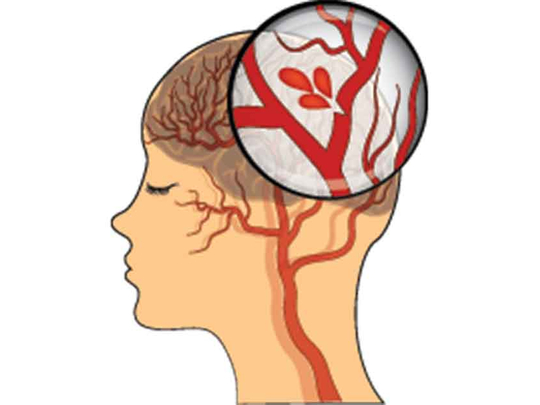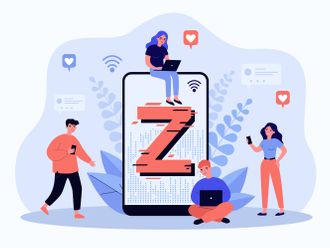
About 8,000-10,000 people suffer a stroke every year in the UAE, says Dr Suhail Al Rukn, Stroke and Neurology Consultant and Head of Stroke Unit at Rashid Hospital, the only hospital with a dedicated 24x7 stroke unit in the emirate. He was talking about the importance of awareness and lifestyle modification in light of World Stroke Day, which was on Sunday.
A stroke or brain attack occurs when blood supply to the brain is reduced or interrupted. It can happen when a blood vessel carrying blood to the brain bursts or is blocked. Without enough oxygen, brain cells can’t function and die. “Stroke awareness is particularly important in the UAE,” says Dr Al Rukn. “About 50 per cent of the stroke patients in the UAE are below the age of 45, as compared to the global average, where 80 per cent of stroke patients are above 65. For the UAE, this is an alarming statistic and calls for urgent lifestyle changes and an increase in awareness.”
He blames sedentary lifestyles, diabetes, obesity, and dependence on fatty foods and diets high in salt. “In the UAE, 18-20 per cent of the population is obese and 20 per cent is diabetic. Moreover, high salt consumption is a major issue. The average amount of salt needed on a daily basis is 2g. However, the average amount of salt people in the UAE consume a day is 15g, which is way above the required limit.”
Dr Al Rukn says stroke is the world’s third-leading cause of death and the main reason for adult disability. According the latest WHO data, stroke is the leading cause of death in upper–middle-income countries, followed by cardiac diseases.
In the UAE, after road accidents, stroke is the second-leading cause of disability. Annually 7,000-8,000 patients in the UAE get a stroke; this means every hour, one person gets a stroke. Internationally the number is 100 to 120 cases per 100,000, so we are within the international range. However, unfortunately in the UAE stroke patients are much younger than those in Western countries.
Who’s at risk?
Dr Al Rukn says it’s essential for people to be aware of risk factors and to conduct yearly health screenings. Those with one or more risk factors can opt for the stroke risk calculator test, which tabulates the likelihood of a person getting a stroke in the next ten years. The risk factors include diabetes, obesity, hypertension, high cholesterol, smoking, heart disease, previous stroke, alcohol use and being older than 55 years.
Dr Pournamy Sarathchandran, Senior Specialist Neurologist at Rashid Hospital, says the most important factor in minimising the disability caused by a stroke is immediate medical attention. “The thing about stroke is that it occurs suddenly and the damage takes place very quickly,” she says. “The longer it takes a person to get medical assistance, the more the brain damage. An adult brain has five to six billion brain cells. When a stroke occurs, they start to die. It has been estimated that 1.9 million brain cells die per minute in a stroke case. Therefore, the level of disability can be quite severe as the effects of a stroke on the body are immediate.”
Dr Sarathchandran says people should know what needs to be done if a person has a stroke. “Unfortunately, many people die every year and many are left to endure severe or prolonged disability because they didn’t get to a hospital quick enough after having a stroke.”
She says a simple process can help family members identify if a person is having a stroke or not. “It’s called the FAST test. Face: Check whether the person’s face has fallen to one side and whether the person can smile or not. Arms: Can the person raise both arms or not? Speech: can the person speak or is their speech slurred? And time: If any of the three signs are visible, it’s important to call the ambulance right away.”
The first four and a half hours after the person gets a stroke are crucial for doctors to minimise damage to the brain. Ideally, the patient should be taken to the hospital as soon as the symptoms are recognised, within the first three hours.
“This leaves doctors with time to start treatment before the four-and-a-half-hour window is over.”
People above the age of 30 should check their blood pressure every year, Dr Sarathchandran adds, as there is a strong link between hypertension and stroke.
Effects of stroke
Every stroke is different and it affects all bodily functions. A stroke on the right side of the brain generally causes problems on the left side of the body while a stroke on the left side of the brain causes problems on the right side of the body. Some strokes happen at the base of the brain and can cause problems with eating, breathing and movement. For most people, the left side of the brain controls language (talking, reading, writing, and comprehension). The right side controls perceptual (making sense of what you see, hear and touch) and spatial skills (judging size, speed, distance and position).











